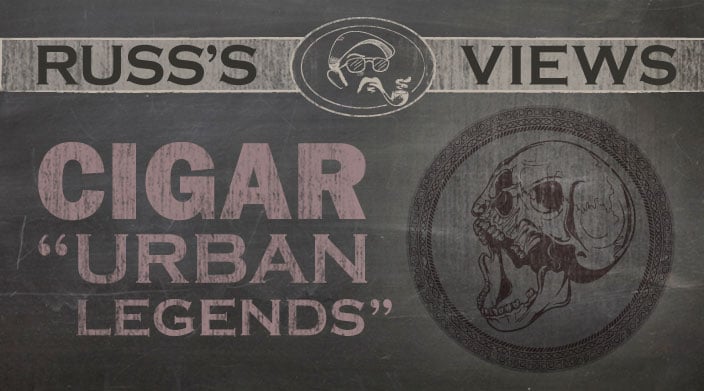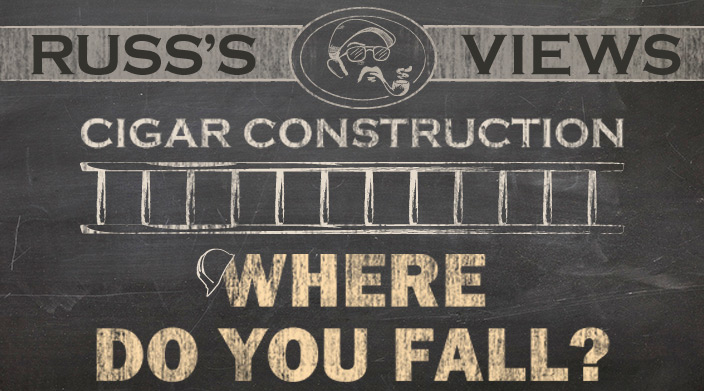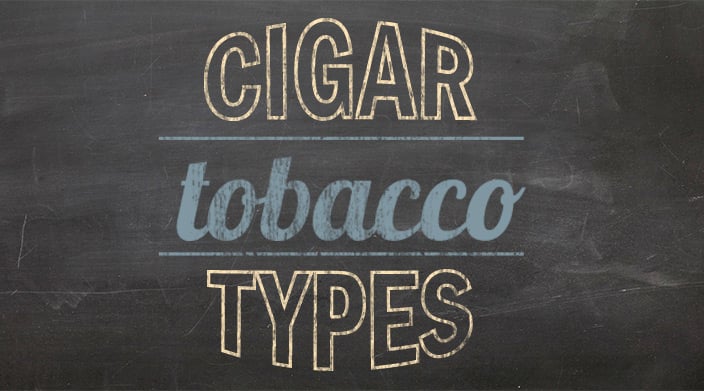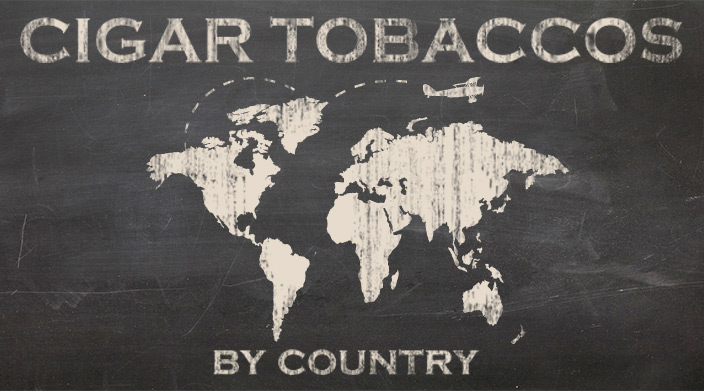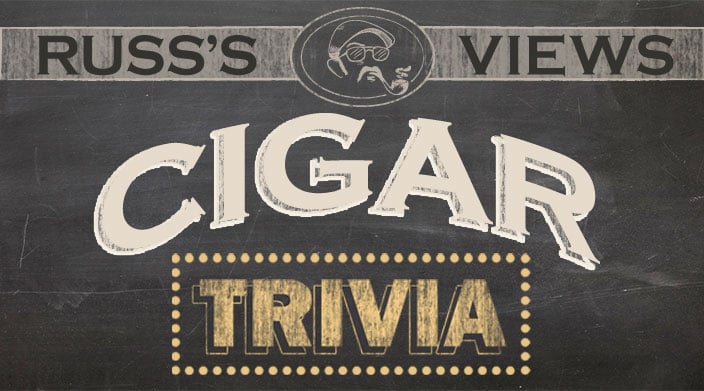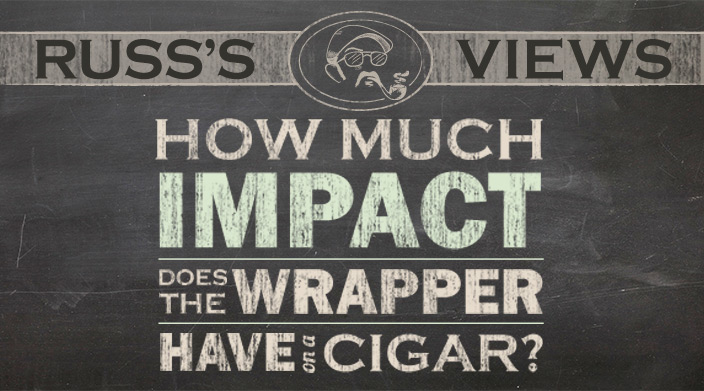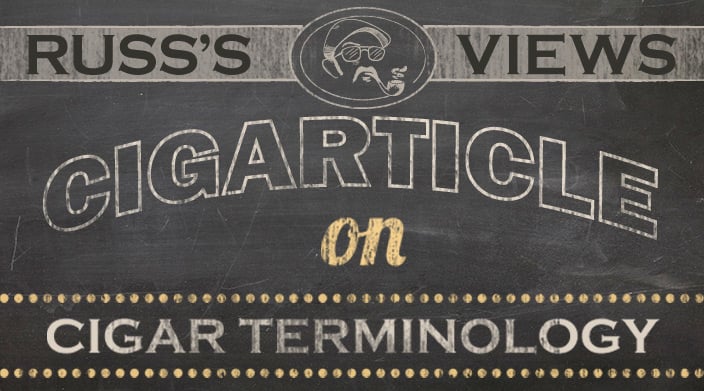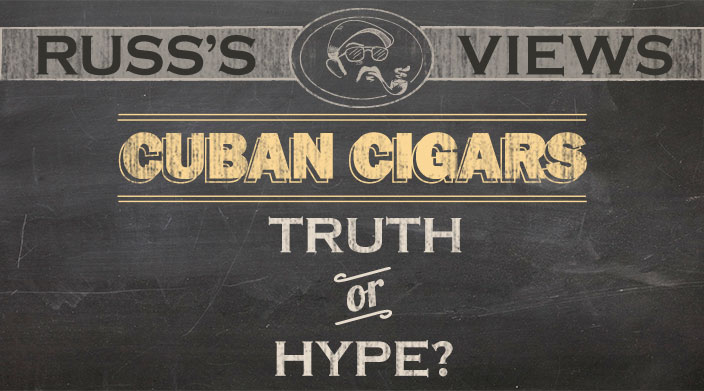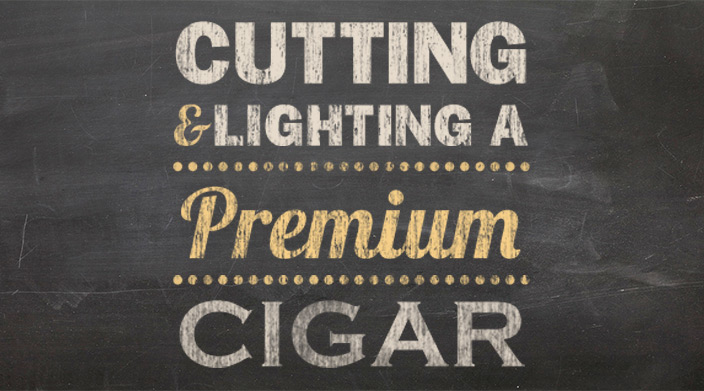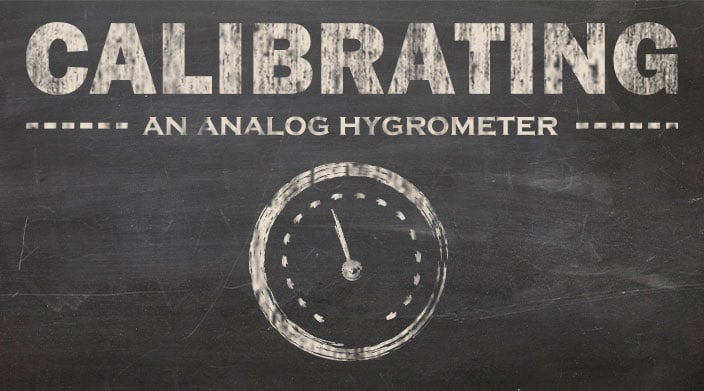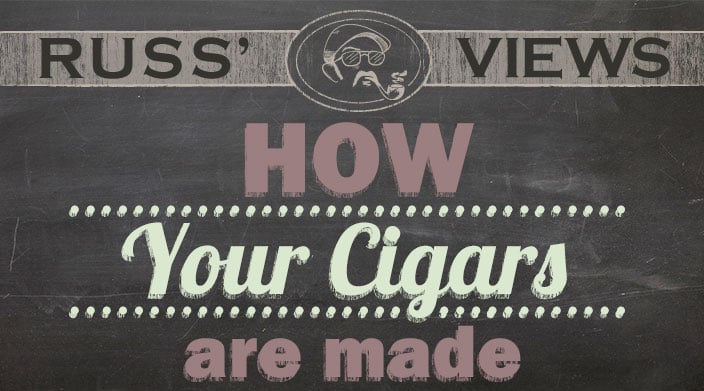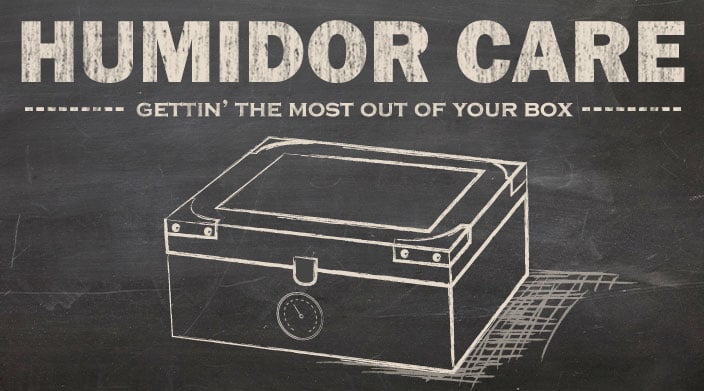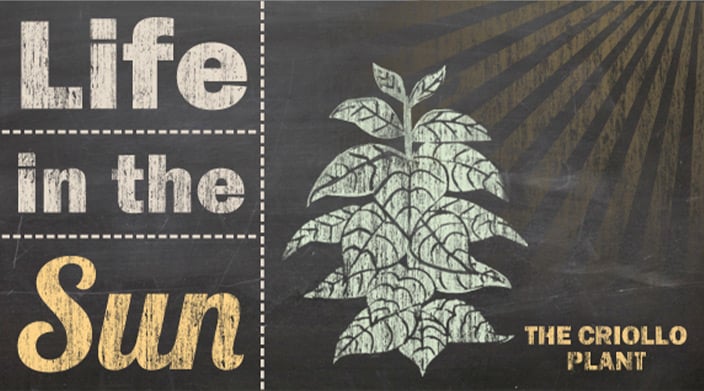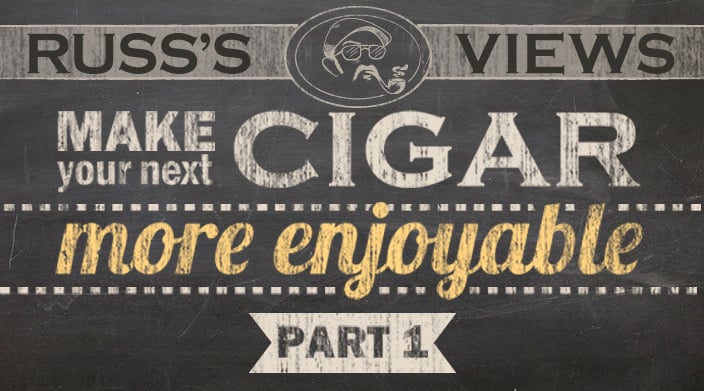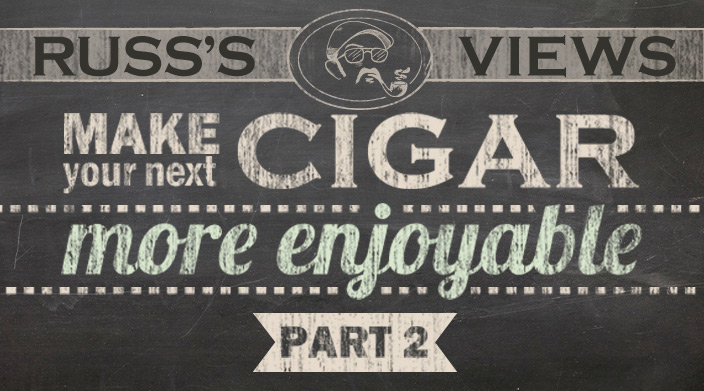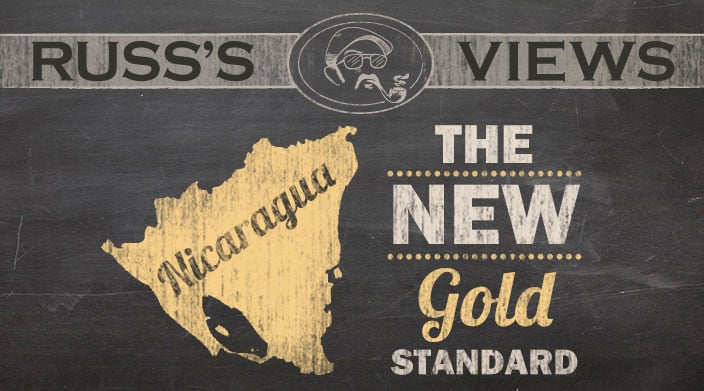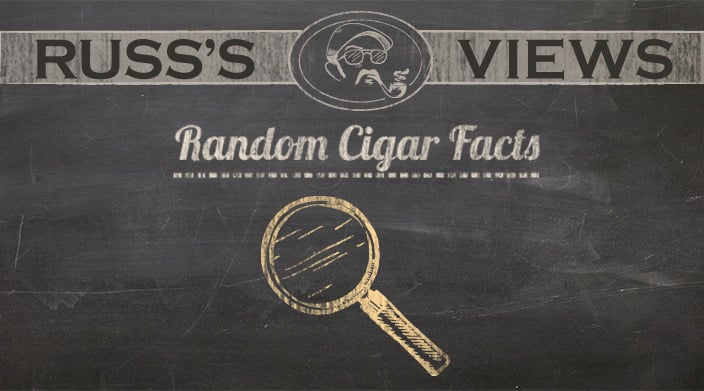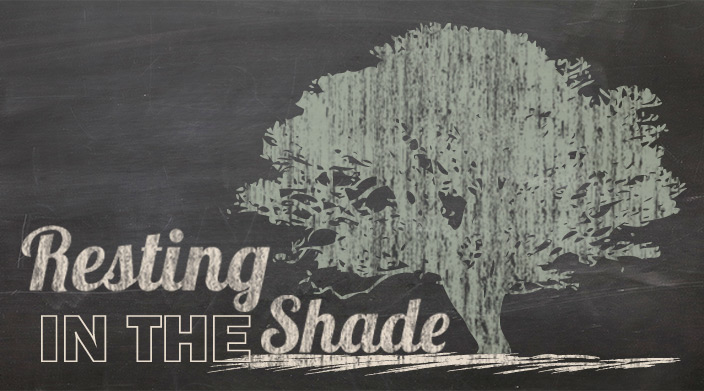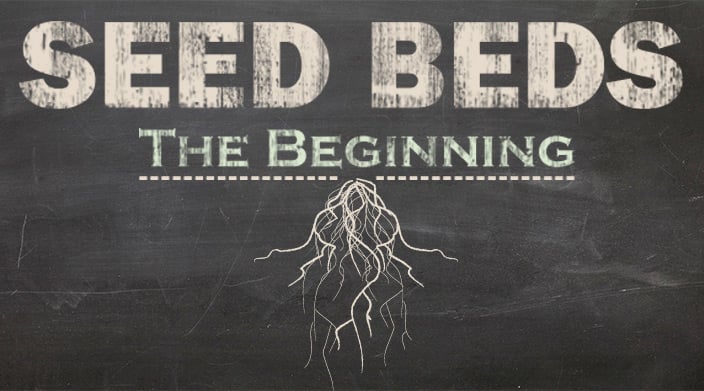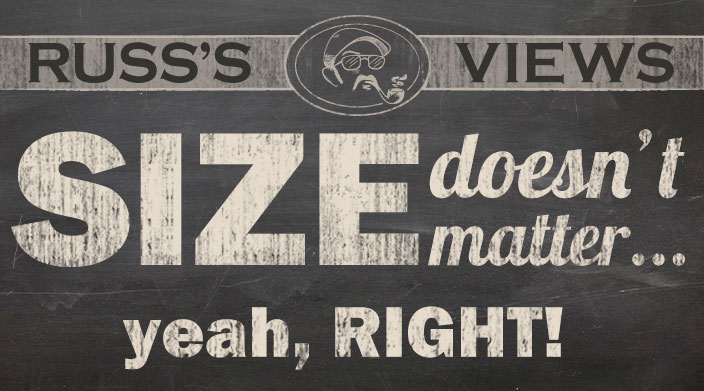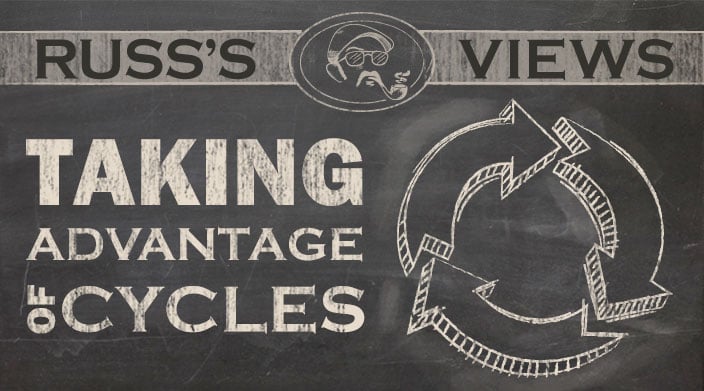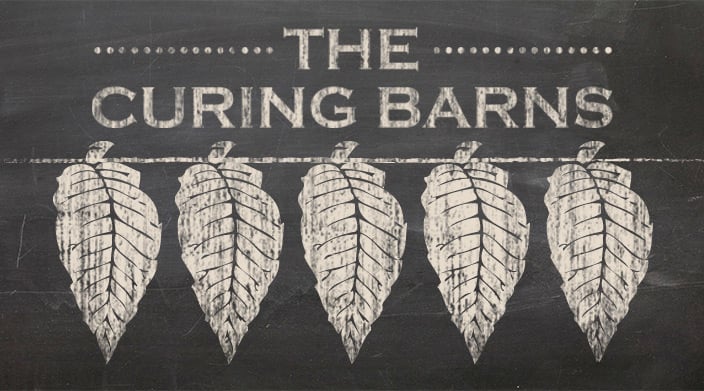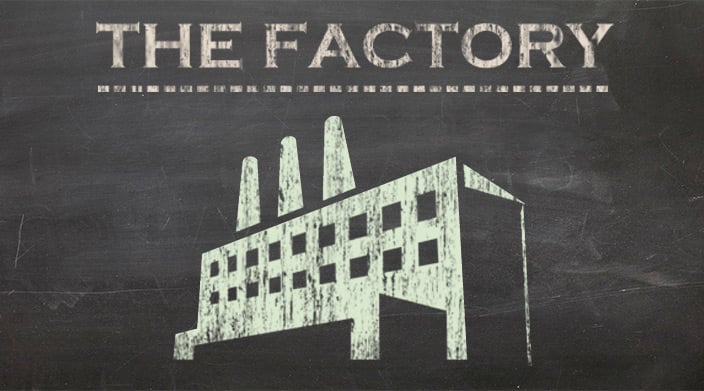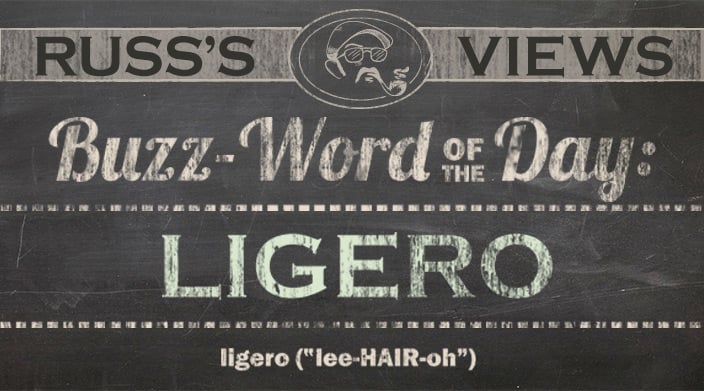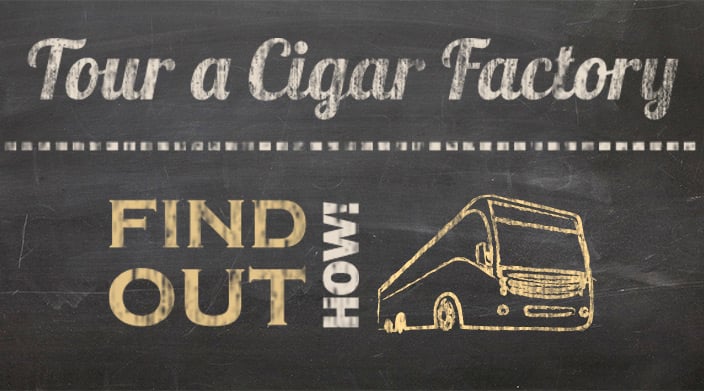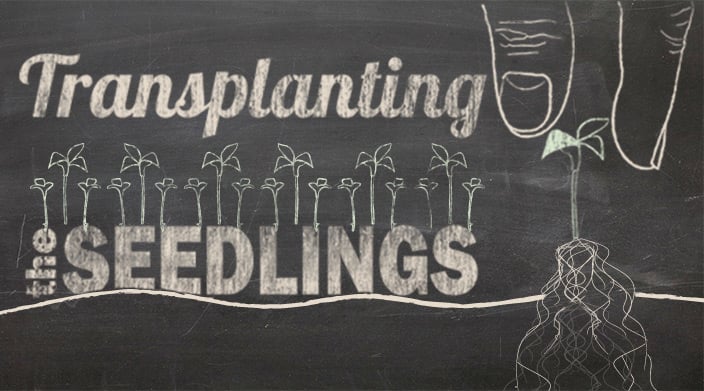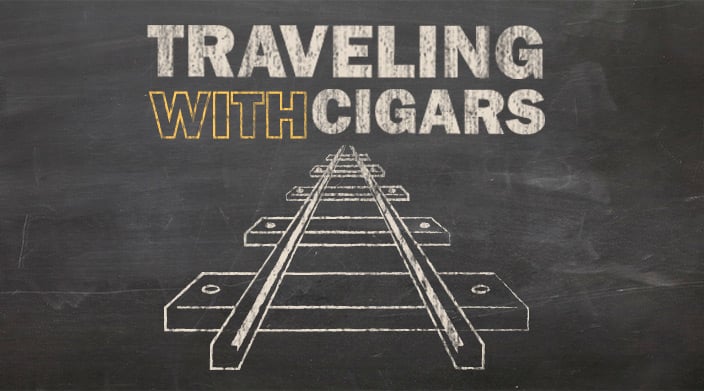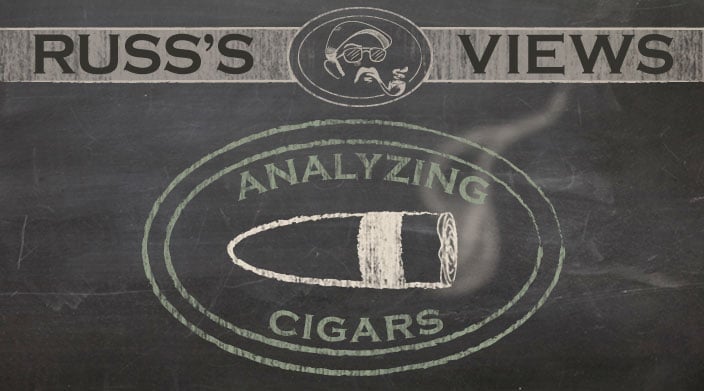As is true with a great many subjects, there are a number of popular myths about cigars. If I can, I’d like to take a crack at dispelling some of these misconceptions.
Most of these incorrect assumptions develop along the lines of the party game where you whisper something to your neighbor, then they do the same until everyone has heard the message, which of course by that time is distorted beyond recognition.
I’ll give you an example. We have had a few customers who routinely wet the wrapper of their cigar because they were told that it would help it burn more evenly. Unfortunately, this little “trick” has more negatives than potential positives. First of all, the wrapper will wrinkle up, lifting it away from the binder, which will promote an uneven burn. Secondly, it creates a nasty odor with some cigars. How did this all start? Go back to the pre-boom days, and you’ll find that most places that sold premium handmades kept them in cabinets that weren’t very airtight and the humidification was rarely properly maintained, so the wrappers were usually dry and would crack unless exposed to some moisture. Thus, people started licking the wrappers. I’ve seen enough cigars delaminate, crack, split, and just about explode to know that this is one piece of advice that Jamie and Adam would call “busted.”
But there are others. One of these myths is a kind of inverse of the first one. Will a cigar smoke longer if you exhale the smoke back through the cigar? This is one of those, “yeah…but” type of situations. There’s no question that a cigar will last about 10% longer by using this technique, but it can cause more problems than it’s worth. Though the moisture from your breath will cause the tobacco to burn slower, it can also cause draw issues, because the moistened leaf will want to collapse inward during a draw. But more bothersome is that the aroma of the cigar suffers greatly, and it may get bad enough to get complaints from people around you. I know of someone who insists on using this technique, and people are always commenting on how foul the odor is when he’s been smoking, even though the cigar he usually smokes has a light and pleasant scent. Additionally, when the filler is more moist than the wrapper, the contents may expand enough to burst the cigar. So, in this case, the concept is correct, but the problems created outweigh the benefits.
One of the most common myths regards country of origin. This is just a matter of generalization. For the record, not all Nicaraguan or Cuban cigars will blow the top of your head off. There are a number of mellow and smooth cigars from Nicaragua, and there are some very powerful cigars from the Dominican Republic (think La Flor Dominicana Chisel), which is supposed to be the bastion of smoother smokes. The real truth is that the same tobacco grown within 100 yards of another plot of land with the identical leaf may turn out to be very different. There’s enough truth in the concept that there’s a degree of validity, but not enough to accept it as an axiom.
Of course, there are some of these truisms that have been around for so long, that most cigar guys have come to accept them as fact, and I don’t think that there’s any one more pervasive than this: dark wrappers= strong cigars. One aspect of this is that dark wrapper cigars tend to be fuller bodied, but body and strength aren’t the same thing. Strength in a cigar refers to spice and nicotine (the two are related), whereas body relates to depth of flavor (or lack thereof). Connecticut Broadleaf (among the darkest of all wrappers) is full-bodied because of the deep espresso-like notes it has, but it’s a very smooth and creamy-tasting leaf, so it’s not considered strong. It’s really a shame that this piece of misinformation exists as it discourages mellow cigar smokers from trying what might be a great smoke due to the color of the wrapper.
Probably one of the most common myths about premium cigars is that price and quality are interrelated. I have a number of friends who work for various cigar companies and I want to maintain those friendships, so I won’t mention particular brands, but this may very well be the biggest myth of all. There’s one brand that was introduced a few years back to a great deal of fanfare and had beautiful packaging. It was touted as the new crème de la crème. It was a good, mellow smoke; it might have even been an exceptional gently-flavored cigar, but not at $30 a pop or more. People who tried them admitted that the quality of the smoke was in the upper echelon, but the same people said that for half the price, they’d rather smoke a comparable $15 cigar. On the flip side, there’s a second brand of well-known stogie that sells for about a third of the price and has the same quality as that $30 stick. What’s the difference besides the price? The wrapper usually has uneven color or spots on the second brand, but there’s absolutely no difference in aroma or taste. So you can pay $30 or $9, your choice.
This also applies to the Cuban question. Cubans were the first premium hand-rolled cigars, and for years they were clearly the best quality. Their microclimate made for the best growing situation for cigar leaf, and the next best cigars up until the embargo were the “clear Havanas,” which were rolled in the US from Cuban tobacco.
After the embargo, however, the brightest and best among the cigar makers gathered up as much seed as they could find, and fled to other places in the Caribbean and Central America and began anew. Over time, as they found the best methods for growing, aging, and curing their tobaccos, some of the cigars from the Dominican Republic, Nicaragua, and Honduras turned out to be right up there with their Habano counterparts, and in many cases surpassed them. When adjusted for price, cigars from other countries bury Cubans for value. The exception to this is if you’re independently wealthy, in which case, price isn’t a factor.
I’m sure that more of these myths will cross my desk and inbox, and I’ll address them when I get the chance.






